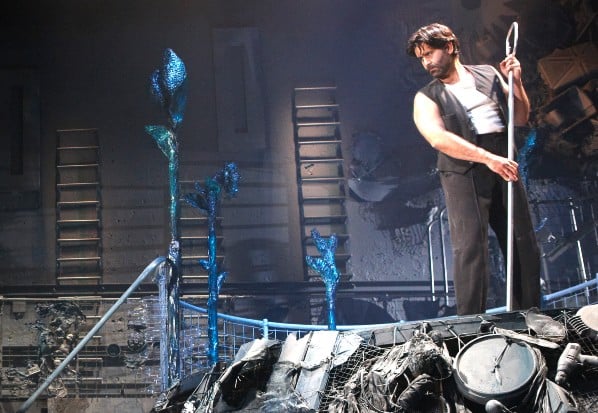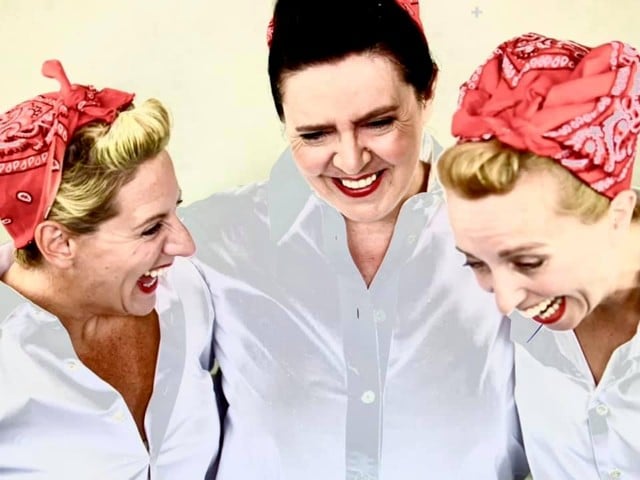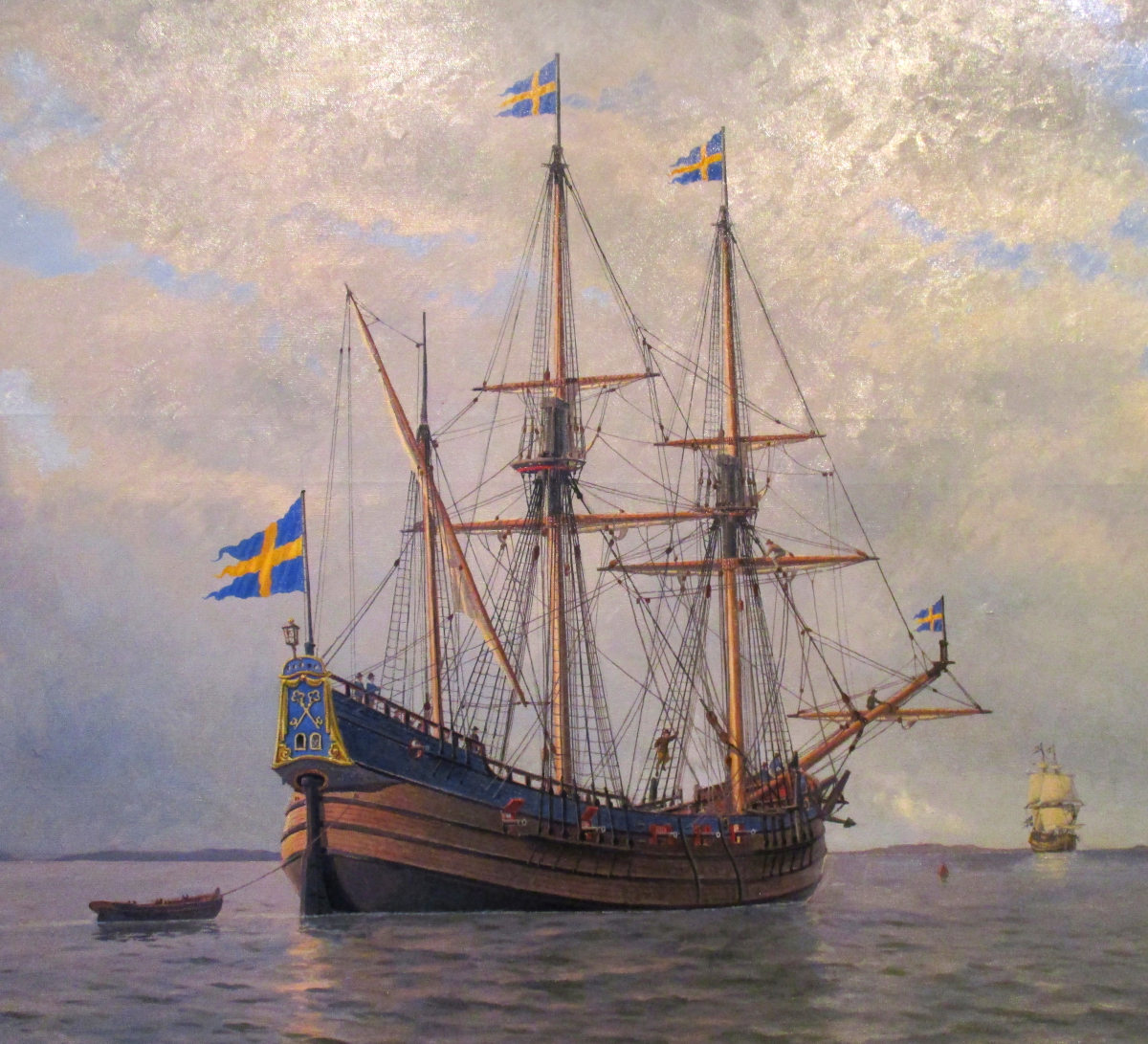Vanessa Poole, actor, Malmö
Sylvia, Playmate Theatre's latest production in Malmö, opened on Thursday night to a tiny audience of 40 (the 50-person limit includes actors and and backstage staff), and was the first performance of the English-language theatre troupe this year.
“We've sold out the run, basically, which is wonderful, it gives us purpose, that it was the right thing to do to push through and decide to perform now in the autumn,” she says. “We could have waited till the spring, but that would have meant almost a two-year gap from our last performance, which is far too long, lose all momentum, lose our audience.”
She describes the atmosphere in the small audience as electric.
“People are willing to come because they've missed it, I think, so dreadfully. They're so excited, I can see they're so happy. They're sort of rushing in, and I see lots of comments on social media, saying 'oh, how lovely to be in a theatre'.”
Audience members had to walk straight to their seats with no mingling, and were not allowed to get up during the interval, instead being served drinks at their seats. The seats were each one and a half metres apart.
In the play itself, a kiss has been removed, and changes have been made to the main character.
“Since she plays a talking dog, there could have been a lot of licking. We haven't done that, instead we do a lot of ruffling of hair.”
In rehearsals, the cast have been careful to keep a distance from one elderly performer, so as not to put him at risk.
Poole says that the pandemic has been extremely difficult for actors like her: “It's been disastrous, and I think the perhaps more prestigious the work actors were used to getting, the more disastrous it is, because obviously there is no way that they could perform.”
“As a very small fringe theatre company, we are now performing to 40 a night, instead of maximum of 94, so it's less than half, but just about doable. Obviously, for the big theatres, who need hundreds a night, there's no way 40 people can support them.”
Financially, Poole has been protected by the work she does as a voiceover artist, which has been very busy during the coronavirus crisis as company's replace physical meetings with online material.
But she thinks it is strange that cultural events have been so controlled in Sweden.
“Professional theatres are fully capable of ensuring regulations are followed and put in place. I think that it is possible to do safely,” she says. “You see restaurants and buses, trains, supermarkets and shopping centres full of people all over the place.
“This very controlled spacing in the theatre is actually less risky, I think, than going to the supermarket.”

Jeremy Carpenter, in a performance of Bizet's The Pearl Fishers, at the Folkoperan back in 2009. Photo: Fredrik Persson/TT
Jeremy Carpenter, opera singer.
Jeremy Carpenter, a singer at the Royal Swedish Opera in Stockholm, admits that he is one of the lucky ones.
“I'm very, very fortunate, one of the very small percentage of people that has a contract. I'm contracted at the opera, and because we're state employees, there's no point in us being furloughed, because we're already paid by the state.”
His production of Rufus Wainwright's Prima Donna opened in mid-October. But it's been a strange experience performing to an audience of less than 50 in a theatre that can comfortably seat 1,200.






 Please whitelist us to continue reading.
Please whitelist us to continue reading.
Member comments